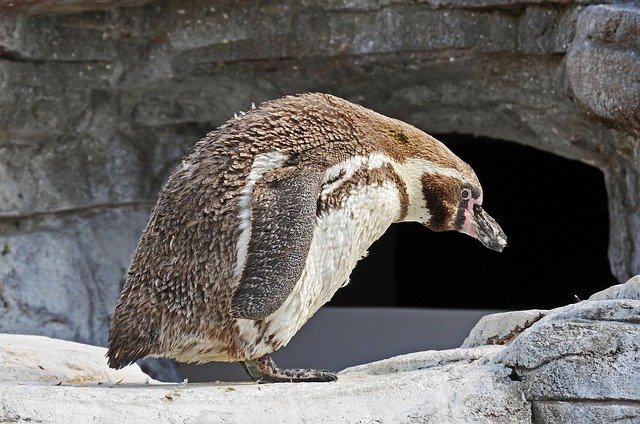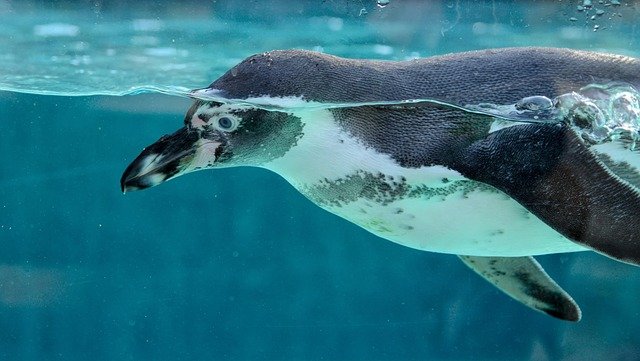**Topic: "The Remarkable Adaptations of Penguins: How These Flightless Birds Thrive in Har

The Remarkable Adaptations of Penguins: How These Flightless Birds Thrive in Harsh Environments
Penguins are some of the most fascinating and beloved birds on the planet. While they may not soar through the skies like their avian relatives, these flightless birds have developed a range of remarkable adaptations that allow them to thrive in some of the harshest environments on Earth. Let’s dive into the unique characteristics that make penguins exceptional survivors.
1. Streamlined Bodies for Efficient Swimming
Penguins are perfectly adapted for life in the water. Their bodies are streamlined, reducing drag as they swim. Unlike most birds, which have hollow bones to aid in flight, penguins possess denser bones that help them dive deeper and maintain buoyancy underwater. This adaptation allows them to reach depths of over 500 meters (1,640 feet) in search of food.
2. Insulating Feathers
One of the most critical adaptations for penguins is their unique feather structure. Penguins have a layer of dense, waterproof feathers that provide insulation against the cold. Each feather is coated with oil from a gland near their tails, which keeps them dry and helps retain body heat. This feature is crucial for survival in frigid environments, such as Antarctica.
3. Blubber and Body Fat
In addition to their feathers, penguins have a thick layer of blubber beneath their skin. This layer of fat serves as insulation and energy reserves during times when food is scarce. The combination of blubber and feathers allows penguins to maintain a stable body temperature even in freezing waters.
4. Social Behavior and Huddling
Penguins are highly social creatures, often living in large colonies. This social behavior provides several advantages, especially in harsh climates. During extreme weather, penguins huddle together to conserve warmth. By taking turns being in the center of the huddle, they can protect each other from the cold and reduce heat loss.
5. Unique Breeding Strategies
Many penguin species have developed unique breeding strategies to ensure the survival of their young. For instance, Emperor Penguins are known for their extraordinary breeding cycle, where males incubate the eggs on their feet for about 65 days in freezing temperatures. This adaptation allows the females to go out and forage for food, ensuring that both parents contribute to the survival of their chick.
6. Diving and Foraging Skills
Penguins are exceptional divers, with some species capable of holding their breath for over 20 minutes while searching for food. Their excellent eyesight underwater allows them to spot fish, squid, and krill with ease. Additionally, their strong flippers enable them to swim at impressive speeds, making them agile hunters in the ocean.
7. Adaptation to Climate Change
As climate change continues to pose challenges to wildlife, penguins are showing remarkable resilience. Some species are adapting their foraging behaviors and breeding times in response to changing sea temperatures and food availability. Ongoing research is crucial to understanding how these adaptations will affect their long-term survival.
Conclusion
Penguins are a testament to the wonders of evolution and adaptation. Their ability to thrive in some of the world's most inhospitable environments is a result of a series of remarkable adaptations that have developed over millions of years. As we continue to study these incredible birds, we gain valuable insights into the resilience of wildlife and the importance of conservation efforts to protect their habitats.
Whether you’re a seasoned ornithologist or simply an admirer of these charming creatures, the adaptations of penguins remind us of the incredible diversity of life on our planet and the importance of preserving it for future generations.

Upvoted! Thank you for supporting witness @jswit.